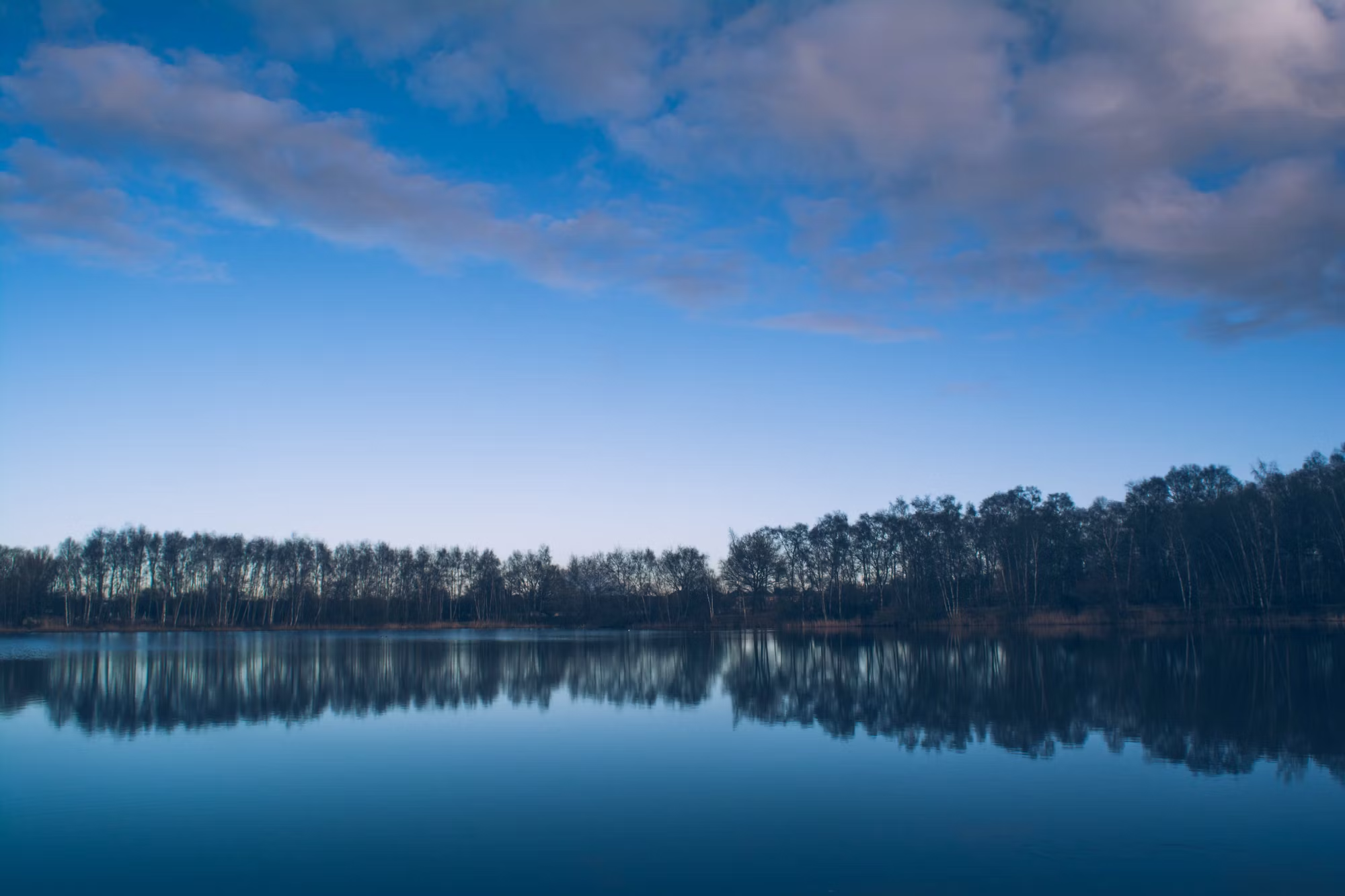Longboarding has grown in popularity over the years, emerging as one of the most versatile and enjoyable forms of skateboarding. With its smooth, flowing rides and diverse range of styles, longboarding appeals to a broad spectrum of riders, from casual cruisers to thrill-seekers. Unlike traditional skateboards, longboards are longer, providing more stability and allowing for a wider range of maneuvers. In this article, we’ll dive deep into the world of longboarding, covering the different techniques, styles, and disciplines that make it a unique and exciting sport.
The Basics of Longboarding: What Sets It Apart
At its core, longboarding is an evolution of skateboarding. Longboards are generally longer than traditional skateboards, typically ranging from 33 to 59 inches in length, with wider decks that provide more stability. This extra length allows for smoother rides and greater control, especially when cruising or carving on hills. Longboards also have softer, larger wheels compared to standard skateboards, which gives them a smoother ride on a variety of surfaces.
While many people associate skateboarding with tricks, longboarding focuses more on the experience of the ride itself. It’s about the flow, the carving, and the connection with the environment. Whether you’re riding along a coastal boardwalk, cruising down a mountain road, or navigating through an urban park, longboarding offers an exhilarating sense of freedom and adventure.
Types of Longboarding: Cruising, Carving, and Beyond
Longboarding is a broad category that encompasses several sub-disciplines. Each type of longboarding has its own set of skills and techniques, offering a unique experience for riders.
1. Cruising and Carving: The Art of Flow
One of the most popular forms of longboarding is cruising. Cruising simply means riding a longboard for pleasure, often on flat, smooth roads or paths. It’s an ideal choice for beginners or anyone looking to relax and enjoy the sensation of gliding through the streets. Cruising is all about comfort and ease, and longboards are designed specifically for this purpose, with wide trucks and large, soft wheels that absorb the bumps in the road.
Carving is a key element of cruising. It involves making smooth, S-shaped turns as you ride, shifting your weight to lean into the curves. Carving helps you generate speed while maintaining control and stability. It’s not just about turning corners—it’s about creating a fluid, dynamic motion that makes riding feel natural and effortless. Experienced longboarders often carve in a rhythmic, flowing pattern, almost like dancing on wheels.
2. Downhill Longboarding: Speed and Control
For those who crave more excitement, downhill longboarding offers a thrilling ride down steep hills and mountain roads. The goal in downhill longboarding is simple: to go as fast as possible while maintaining control. Riders can reach speeds of 40-50 miles per hour, making downhill longboarding one of the most adrenaline-pumping activities in the sport.
Downhill riders use a combination of body positioning, sliding, and braking techniques to control their speed and navigate sharp turns. The key to downhill longboarding is stability and precision. Riders need to be able to shift their weight quickly to maintain balance while going at high speeds. Special techniques like toe-side and heel-side slides are often used to slow down without losing control, allowing riders to navigate hairpin turns and steep descents.
Safety is a major consideration in downhill longboarding. Riders often wear protective gear such as gloves, helmets, and pads to minimize the risk of injury. But beyond safety, the thrill of downhill riding lies in the combination of speed, skill, and the natural beauty of the terrain.
3. Slalom Longboarding: Precision and Agility
Slalom longboarding is a discipline that combines speed with precision. In slalom races, riders navigate a course marked with a series of cones or obstacles. The goal is to weave in and out of the cones as quickly and smoothly as possible, all while maintaining balance and control. This discipline requires a high level of agility, quick reflexes, and an ability to adjust your body position in response to the tight turns and fast maneuvers.
Slalom riders use a technique called “carving” to weave through the cones, making quick, sharp turns to navigate the course. This discipline is not just about speed—it’s about precision and fluidity. Successful slalom longboarders can make their turns look effortless, smoothly shifting from one side to the other without losing momentum.
While slalom longboarding is more technical than downhill, it still provides plenty of excitement. Whether you’re racing against others or practicing your technique, slalom longboarding is a fantastic way to develop balance, coordination, and control.
Advanced Techniques in Longboarding
For those who have mastered the basics of longboarding, there are a variety of advanced techniques to explore. These techniques allow experienced riders to push the boundaries of what’s possible on a longboard.
1. Sliding: Mastering Speed Control
Sliding is an essential skill for advanced longboarders, especially those who ride downhill. When riders are traveling at high speeds, sliding allows them to slow down safely without losing control. A slide involves turning the board sideways, which causes the wheels to break traction with the pavement and slide across the surface.
There are different types of slides, including the stand-up slide, where the rider remains on the board while sliding, and the Coleman slide, which involves a hand on the ground for added balance. Mastering sliding takes time and practice, but it is a key skill for anyone who wants to ride at high speeds while maintaining control.
2. Freeride Longboarding: A Blend of Speed and Style
Freeride longboarding combines aspects of downhill riding and sliding, allowing riders to express their style while navigating steep hills. In freeride, riders perform a variety of tricks and slides while descending hills, incorporating their own flair into the ride. The focus here is not just on speed but on the combination of creativity, technique, and control.
Freeride longboarding is often about showcasing technical slides, tricks, and maneuvers, but with an emphasis on personal style. Some riders might focus on carving and flowing through the turns, while others perform more complex slides and stunts. Freeride allows longboarders to express themselves and push the boundaries of what’s possible on a longboard.
Longboarding for Transportation: A Practical and Enjoyable Commute
One of the reasons longboarding has become so popular is its practicality as a mode of transportation. Longboards provide an efficient and enjoyable way to get from one place to another, especially in cities or areas with smooth, wide paths. Many riders use longboards as a sustainable alternative to driving or cycling, enjoying the exercise and relaxation that comes with the ride.
Longboarding for transportation is similar to cruising, but it often involves longer distances and more varied terrain. Riders need to adapt their techniques to handle different surfaces, whether they’re navigating city streets, campus sidewalks, or boardwalks along the beach. Some riders even incorporate public transportation into their longboarding routine, using their boards to commute to bus or train stations.
The Longboard Community: A Culture of Creativity and Camaraderie
Longboarding is more than just a sport—it’s a community. Longboarders from all over the world come together to share their passion for the sport, whether through local meetups, online forums, or international competitions. The longboarding community is known for its inclusivity and creativity, with riders constantly innovating new tricks, techniques, and styles.
One of the most exciting aspects of longboarding is the opportunity to connect with other riders. Whether you’re a beginner or a seasoned pro, there’s always something new to learn from others in the community. Many riders also participate in events like downhill races, slalom competitions, and freeride sessions, where they can meet like-minded individuals and push their skills to the next level.
Conclusion: The Joy of Longboarding
Longboarding is a dynamic and multifaceted sport that offers something for everyone. Whether you’re cruising along a scenic path, carving through turns on a mountain road, or competing in a slalom race, longboarding provides endless opportunities for adventure and self-expression. The sport is not just about speed or tricks; it’s about connecting with the environment, the board, and the community of riders. With its wide variety of disciplines and techniques, longboarding allows riders to push their limits, have fun, and enjoy the thrill of the ride.
For those looking to get into longboarding, there’s no better time than now. The longboard community is growing every day, and whether you’re seeking speed, style, or just a fun way to get around, there’s a place for you in the world of longboarding.


